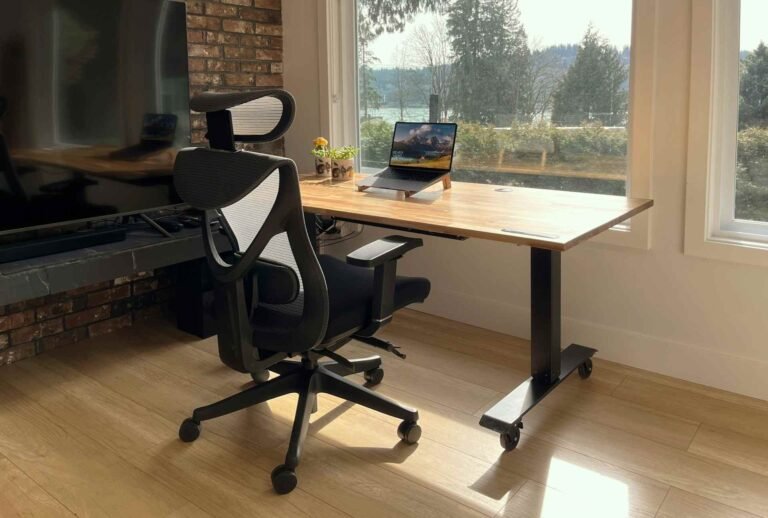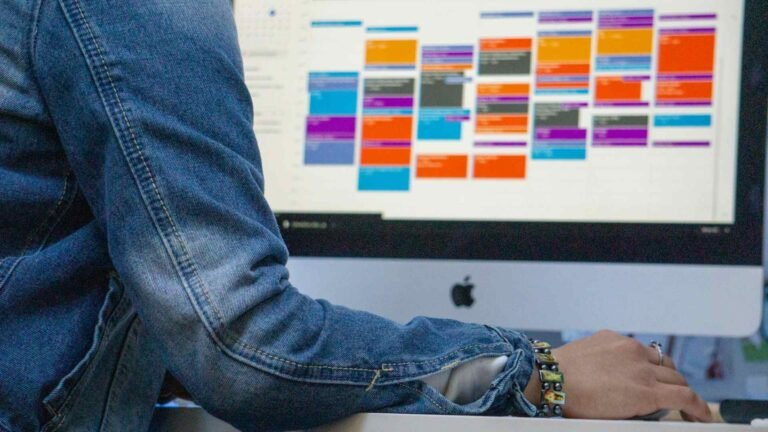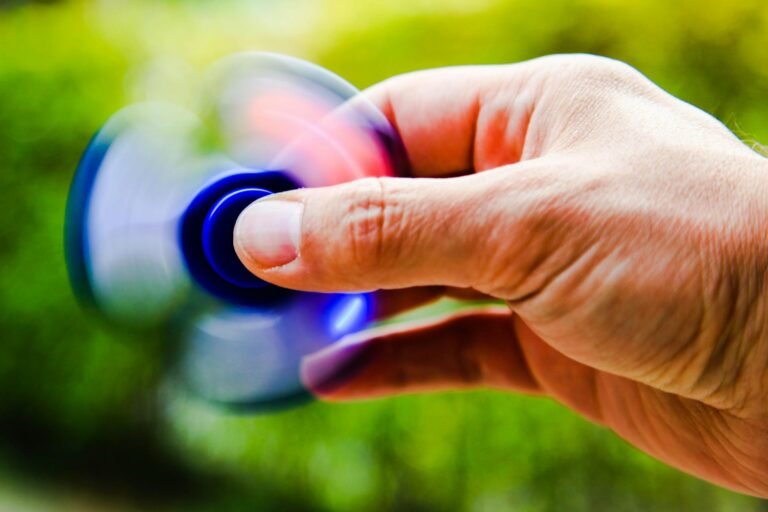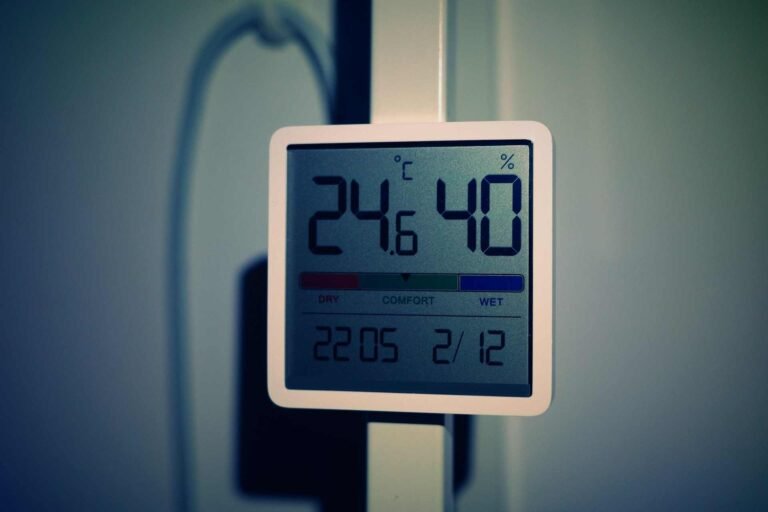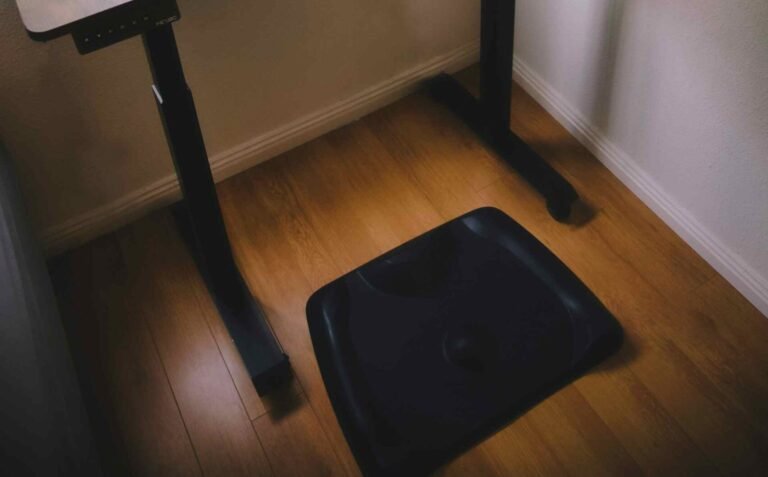Trackball Mouse vs Vertical Mouse: Which Ergonomic Solution Wins?
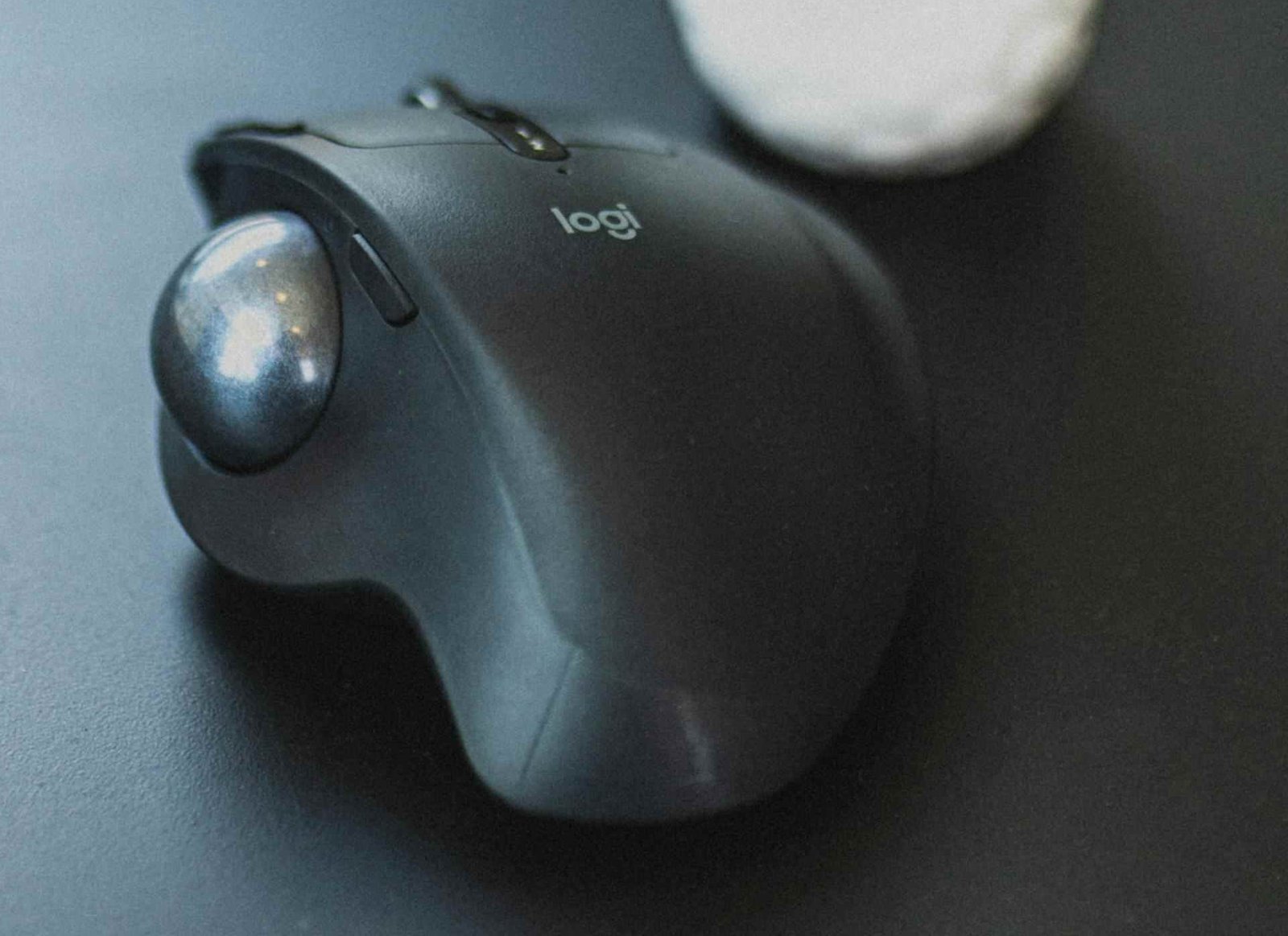
Your wrist is staging a rebellion. After years of faithful service clicking through spreadsheets, browsing countless websites, and dragging files across your desktop, it’s finally sending you an ultimatum: find a better mouse or face the consequences. Welcome to the club nobody wants to join but millions of us end up in anyway.
The good news? We’ve got two compelling solutions that promise to transform your computing experience from wrist-wrenching torture to ergonomic bliss. In this comprehensive guide, we’ll dive deep into the trackball mouse vs vertical mouse debate, helping you discover which ergonomic marvel deserves a spot on your desk.
What Makes These Mice Different from Your Standard Point-and-Click Companion?
The Vertical Mouse Revolution
Think of a vertical mouse as a handshake frozen in time. Instead of forcing your hand into that awkward palm-down position that makes your arm twist like a pretzel, a vertical mouse lets your hand rest in its natural sideways orientation. It’s essentially a regular mouse that decided to stand up and demand better working conditions.
Ergonomic wireless mice with vertical designs typically feature a 57-degree angle that mimics your natural handshake position. This isn’t just marketing fluff, the angle helps reduce the pronation (that uncomfortable twisting motion) your forearm makes when using a traditional mouse.
The Trackball Mouse Magic
Now, imagine a mouse that stays put while you do all the cursor dancing. That’s the beauty of a trackball mouse. Instead of sliding the entire device around your desk like you’re playing air hockey, you simply roll a ball with your thumb or fingers to move the cursor. It’s like having a tiny bowling ball that controls your computer.
Trackball mice operate on a brilliantly simple principle: why move your whole arm when a thumb can do the job? This stationary approach means you can work comfortably even in the tightest spaces, making them perfect for cramped desks, couch computing, or those airplane tray tables that barely fit a coffee cup.
The Science Behind Ergonomic Design
How Vertical Mice Target Your Pain Points
When we use traditional mice, our forearms rotate inward, creating tension in muscles and potentially compressing nerves. Vertical vs trackball mouse comparisons often highlight how vertical mice address this specific issue by maintaining your arm in a more neutral position.
The ergonomic mouse vertical vs trackball debate gets interesting when you consider muscle activation. Studies suggest that vertical mice can reduce forearm muscle activity by up to 10-25% compared to standard mice. Your extensor muscles (the ones on top of your forearm) get a break, while the overall strain on your wrist decreases significantly.
Trackball Mechanics and Your Musculoskeletal System
These mouse discussions wouldn’t be complete without examining how trackballs eliminate repetitive arm movements entirely. Instead of engaging your shoulder, elbow, and wrist in coordinated movements across your desk, you’re primarily using your thumb’s precise motor skills.
This approach particularly benefits people who experience shoulder pain or have limited desk space. The thumb control mechanism engages smaller muscle groups while giving your larger arm muscles a well-deserved rest.
Comparing Performance: Speed, Precision, and Productivity
Precision and Control Differences
Vertical mouse vs trackball performance varies significantly depending on your tasks. Vertical mice excel in applications requiring smooth, continuous movements like graphic design or photo editing. The familiar sliding motion translates well for users transitioning from traditional mice, making the learning curve relatively gentle.
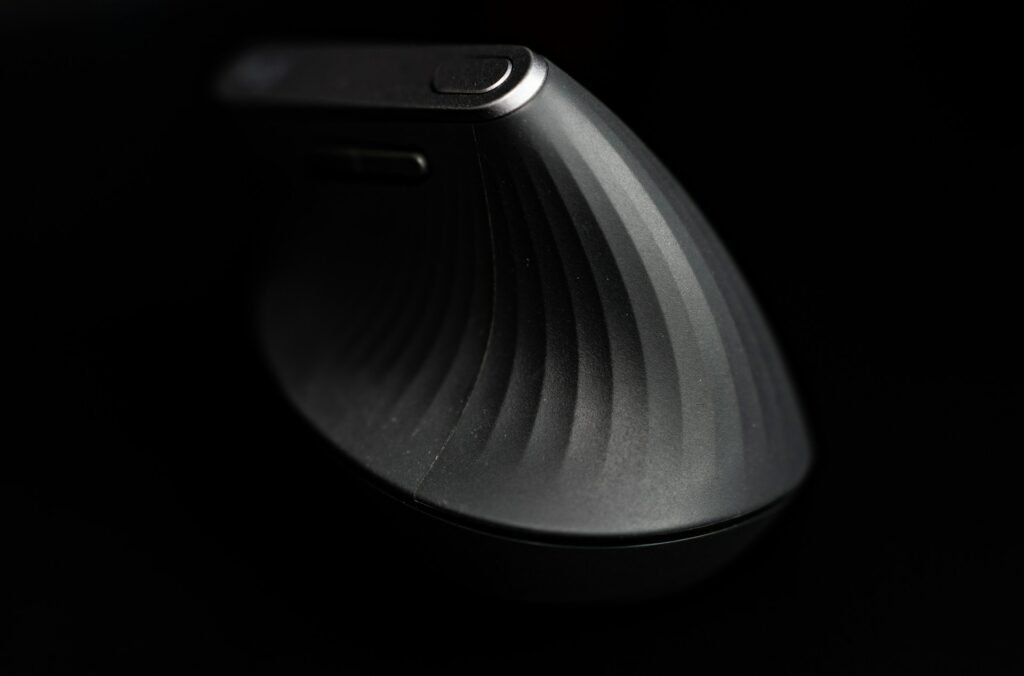
Trackballs shine in precision work where minute adjustments matter. Advanced trackball mice usually feature adjustable DPI settings ranging from 800 to 4800, allowing you to switch between broad movements and pixel-perfect precision with a button press.
Gaming and Professional Applications
For gaming enthusiasts, the choice often comes down to genre preferences. First-person shooters typically favor the smooth, continuous motion of vertical mice, while strategy games can work beautifully with trackballs’ precise, controlled movements.
Professional applications tell a similar story. CAD work, video editing, and graphic design often benefit from the smooth motion tracking of vertical mice, while data entry, programming, and general office tasks can work equally well with either option.
Feature Comparison: What Each Design Brings to Your Desk
| Feature | Vertical Mouse | Trackball Mouse |
|---|---|---|
| Learning Curve | Minimal (1-3 days) | Moderate (1-2 weeks) |
| Desk Space Required | Medium | Minimal |
| Precision Control | Excellent for continuous motion | Good for fine adjustments |
| Gaming Performance | Good for most genres | Best for strategy/turn-based |
| Maintenance | Low | Medium (ball cleaning) |
| Travel Friendliness | Good | Excellent |
| Multi-surface Use | Ideally with mouse pad | Works anywhere |
| Our Recommendation | Logitech Lift Vertical Mouse | Logitech MX Ergo S |
The beauty of modern ergonomic mice lies in their connectivity options. Many wireless ergonomic mice now offer both Bluetooth and USB receiver connections, allowing you to seamlessly switch between devices. Whether you’re jumping from your desktop to laptop or sharing between work and personal computers, these mice adapt to your multi-device lifestyle.
Making the Right Choice for Your Specific Needs
Consider Your Work Environment
Desk real estate plays a crucial role in the trackball mouse or vertical mouse decision. If you’re working from a cramped coffee shop table or a minimalist standing desk setup, trackballs offer unmatched space efficiency. They’re also fantastic for couch computing or bed-based laptop sessions where traditional mouse movement becomes awkward.
Vertical mice need room to roam, but they reward you with familiar navigation patterns. If you have adequate desk space and frequently work with graphics, presentations, or detailed documents requiring smooth cursor movements, vertical mice might feel more natural.
Health Considerations and Existing Conditions
People with specific conditions often find one design more beneficial than the other. Those dealing with carpal tunnel syndrome might prefer trackballs since they eliminate wrist extension and deviation. Meanwhile, individuals with thumb arthritis or trigger finger might find vertical mice more comfortable since they distribute the workload across more fingers.
Trackball mice sometimes include angle adjustment features, letting you fine-tune the ergonomic benefits. Some models offer 0-degree and 18-degree angle options, allowing you to customize the experience based on your comfort preferences and specific needs.
Productivity and Workflow Integration
Think about your daily computer tasks. Do you spend hours in spreadsheets making precise cell selections? Trackballs excel here. Are you constantly switching between multiple monitors or working with large documents requiring smooth scrolling? Vertical mice might serve you better.
The integration with productivity software also matters. Many modern ergonomic mice include customizable buttons and shortcuts that can streamline your workflow. Features like Smart Actions and programmable buttons can transform routine tasks into single-click operations, regardless of which design you choose.
Connection reliability becomes crucial for productivity. Dual connectivity options mean you can switch between Bluetooth and USB receiver connections based on your needs, ensuring you’re never left clicking air when batteries die or connections drop.
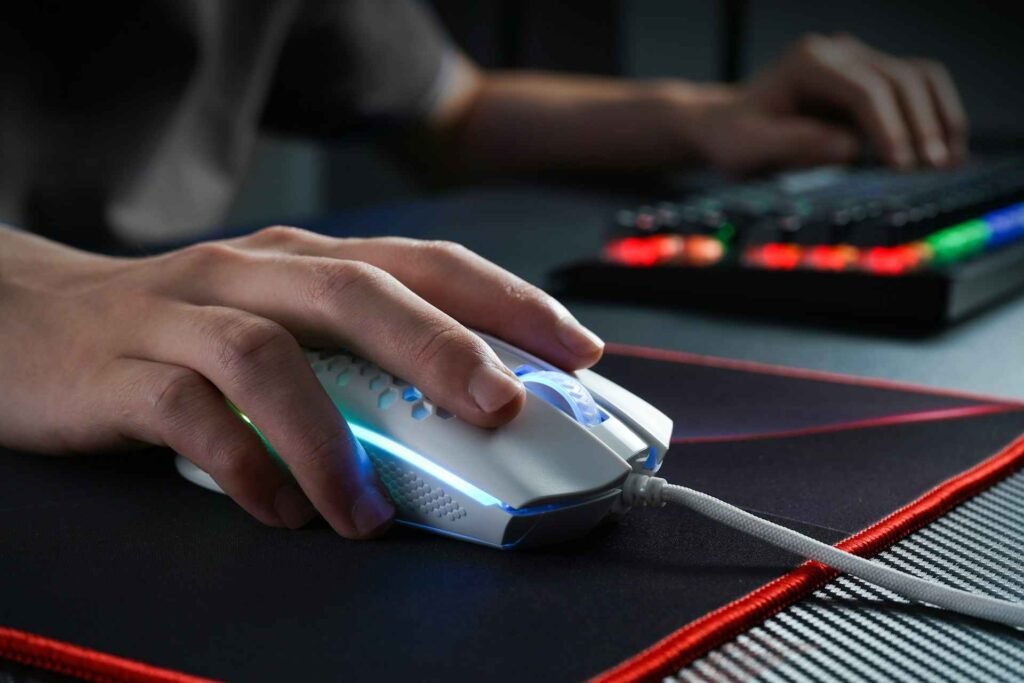
Maintenance and Long-term Considerations
Keeping Your Mouse in Peak Condition
Vertical mice generally require minimal maintenance beyond occasional cleaning and battery replacement. Their familiar design means fewer moving parts and less complexity in daily care.
Trackballs require more attention, particularly around the ball mechanism. Regular cleaning prevents dust and debris from affecting tracking accuracy. However, this maintenance routine is straightforward, simply remove the ball, clean both the ball and the socket, and reassemble.
Rechargeable ergonomic mice eliminate the ongoing cost and environmental impact of disposable batteries. Many modern models offer impressive battery life, with some providing weeks of use from a single charge.
Longevity and Investment Value
Both designs can provide years of reliable service when properly maintained. Vertical mice typically have fewer mechanical components that could wear out, while trackballs might eventually need ball replacement due to wear.
The investment in either ergonomic solution often pays dividends in reduced discomfort and potentially avoided medical expenses. Consider them preventive healthcare for your hands and wrists rather than simple computer accessories.
Real-world Scenarios: When Each Mouse Shines
The Home Office Hero
Working from home presents unique challenges. Your dining table turned workspace might not accommodate a traditional mouse setup, but space-saving trackball mice work perfectly in cramped quarters. They’re also whisper-quiet, crucial for those video calls where every click might be heard.
For home offices with dedicated desk space, vertical mice offer the familiar feel that eases the transition from office to home computing. Quiet click technology ensures you won’t disturb family members during late-night work sessions.
The Traveling Professional
Business travel demands portable, reliable tools. Trackballs shine here since they work equally well on airplane tray tables, hotel desks, or conference room setups without requiring additional mouse pad space or specific surface types.
The ability to connect multiple devices becomes invaluable when traveling. Multi-device wireless mice let you seamlessly switch between your laptop, tablet, and smartphone without carrying multiple peripherals.
The Creative Professional
Graphic designers and digital artists often prefer the smooth, continuous motion that vertical mice provide. The natural hand position reduces fatigue during long creative sessions, while the precise cursor control helps with detailed work.
However, some creative professionals swear by trackballs for their pixel-perfect precision in detailed editing work. The stationary base provides a stable reference point that some find superior for fine adjustments and precise selections.
Common Concerns and Misconceptions
“I’ll Never Get Used to a Trackball”
This concern tops the list for potential trackball users. While there’s definitely an adjustment period, most users adapt within one to two weeks of regular use. The key lies in patience and gradual transition rather than complete cold-turkey switching.
Start by using the trackball for less demanding tasks like web browsing or email, then gradually incorporate it into more precise work as your thumb develops the necessary muscle memory.
“Vertical Mice Look Weird”
Appearance concerns often prevent people from trying vertical mice, but modern designs have evolved significantly. Today’s ergonomic vertical mice feature sleek, professional aesthetics that fit well in any office environment.
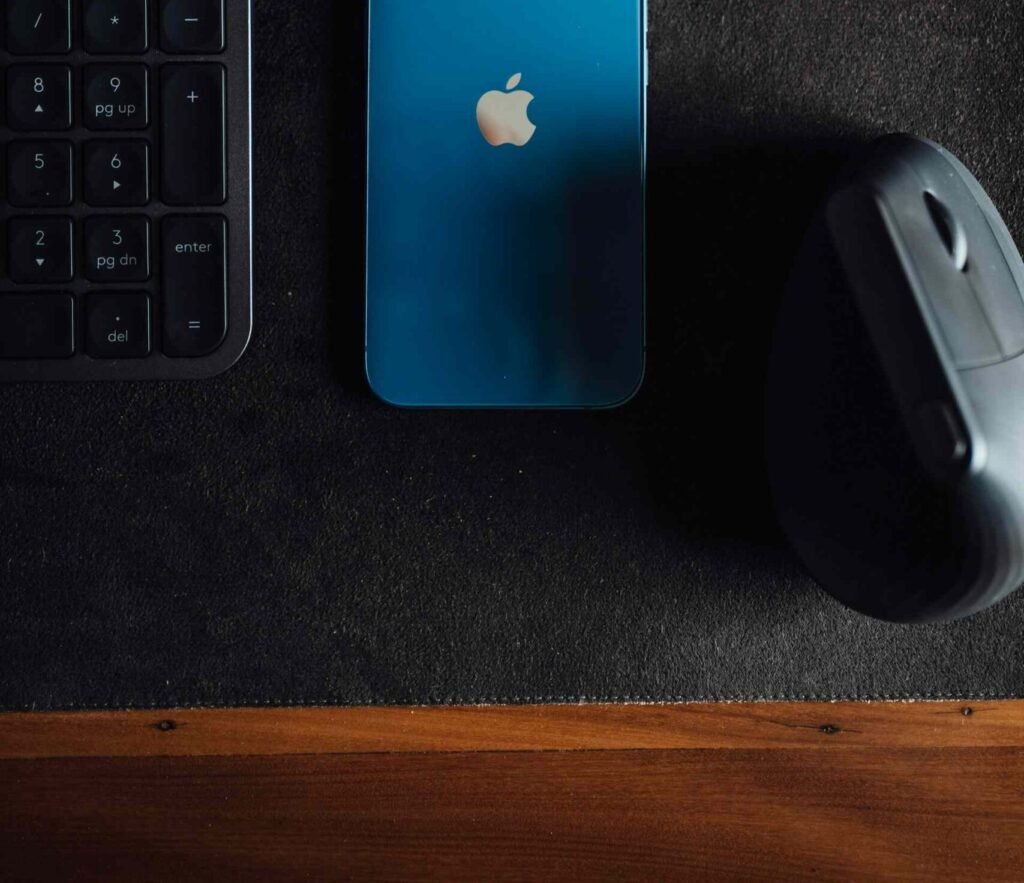
More importantly, the comfort benefits quickly overshadow any initial appearance concerns. Once you experience reduced wrist strain, the unique shape becomes a badge of ergonomic wisdom rather than an office oddity.
FAQ
How long does it take to adjust to an ergonomic mouse?
The adjustment period varies significantly between vertical mice and trackballs. Most people adapt to vertical mice within 1-3 days since the basic movements remain familiar, you’re still sliding the mouse around, just with a different hand position. Trackballs typically require 1-2 weeks of regular use to develop the thumb coordination needed for smooth cursor control. We recommend gradually introducing the new mouse into your routine rather than switching completely on day one.
Can ergonomic mice help with existing wrist pain?
Many users report reduced discomfort after switching to ergonomic mice, but results vary depending on the underlying cause of your pain. Vertical mice help reduce forearm pronation and wrist extension, while trackballs eliminate repetitive arm movements entirely. However, ergonomic mice work best as part of a comprehensive approach that includes proper desk setup, regular breaks, and addressing any underlying health conditions with medical professionals.
Do these mice work well for gaming?
Gaming performance depends on both the mouse type and game genre. Vertical mice generally perform well for most gaming styles, especially real-time strategy games and casual gaming. Some competitive FPS players might notice differences in rapid movements initially, but many adapt successfully. Trackballs excel in strategy games and turn-based titles but can be challenging for fast-paced action games requiring rapid, sweeping movements.
Are wireless ergonomic mice as responsive as wired versions?
Modern wireless technology has largely eliminated latency concerns for office and general use. Advanced wireless mice using 2.4GHz connections typically offer response times indistinguishable from wired alternatives. Bluetooth connections might have slightly higher latency but remain perfectly adequate for productivity work. For competitive gaming, some users still prefer wired connections, though the difference has become minimal with current wireless technology.
How do I maintain and clean these specialized mice?
Vertical mice require minimal maintenance, occasional wiping with a damp cloth and regular battery checks suffice. Trackballs need more attention since dust and oils can affect ball movement. Remove the trackball regularly (usually by pushing from underneath), clean both the ball and socket with a lint-free cloth, and reassemble.
Can I use these mice on any surface?
Trackballs work on virtually any surface since the mouse itself doesn’t move, they’re perfect for glass tables, fabric surfaces, or even your leg while lounging. Vertical mice typically require mouse pads or smooth surfaces for optimal tracking, though modern optical sensors work on most desk surfaces. If you frequently work in varied environments, trackballs offer superior surface versatility.
Conclusion: Your Wrist Deserves Better
Choosing between a trackball mouse and vertical mouse isn’t just about picking a computer accessory, it’s about investing in your long-term comfort and productivity. Both options offer compelling advantages over traditional mice, and the “winner” ultimately depends on your specific needs, work environment, and personal preferences.
If you’re torn between the two, consider starting with whichever design addresses your primary pain points. Dealing with limited desk space and shoulder strain? A trackball might be your hero. Experiencing wrist discomfort and wanting minimal learning curve? A vertical mouse could be your solution.
The best ergonomic mouse is the one you’ll actually use consistently. Don’t let perfect be the enemy of good, either choice represents a significant upgrade from standard mice. Your future self (and your wrists) will thank you for taking action today rather than waiting for the “perfect” solution.
The world of ergonomic computing continues evolving, with new features like smart connectivity and customizable ergonomics making these tools more adaptable than ever. Whether you choose the familiar comfort of a vertical design or embrace the space-saving precision of a trackball, you’re joining millions of people who’ve discovered that computing doesn’t have to hurt.
Looking for more? Check out our productivity tools category for more articles and guides that may interest you!
Featured image credit: Photo by Matheus Bertelli on Pexels
This content is for informational purposes only. Please verify current information directly on the retailer’s site before purchasing.

